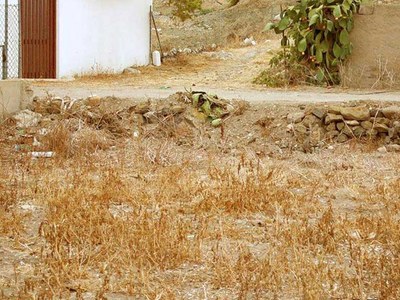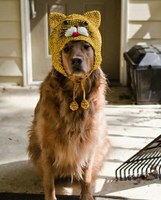Free Nonsense
From the relevance to authenticity in social networks
by Nuno Guimarães
My name is Nuno Guimarães and I’m part of CRACS/INESC TEC for about three years. My research has been focusing mainly on the analysis of news in social networks: at first, I identified what was relevant in the enormous amount of disclosed content and more recently, I started to differentiate the reliable information from the one that isn't.
With the number of users in websites such as Facebook and Twitter growing exponentially, the easy access via our smartphones and, consequently, the almost instantaneous spread of content, a great deal of relevant information (earthquakes, for example) started to be reported by users of these same networks. For journalists or simply for concerned citizens, it’s not an easy task to find this kind of information in the vastness of posts that are created every day. Making an analogy, imagine that the relevant content in social networks is the kitten in the picture.
As you soon realised, automatically detecting this feline isn’t a trivial task. Therefore, it’s necessary to automate the search for relevant information from a journalistic point of view (and not kittens), which was the main goal of the first project that I was involved at CRACS/INESC TEC: REMINDS.

While times change, what we see as true is also constantly changing and as such, the problem of 'fake news' has emerged I don’t think this is the place to discuss this topic, besides I’m sure it’s familiar to you given all the attention that has been paid to it in the media and in public debates. However, with the REMINDS project is coming to an end and since I intend to continue my education, I seized this new reality to develop my PhD project proposal because, in one hand, I have some knowledge in the data analysis of social networks, and on the other hand, it was an opportunity to continue the REMINDS’ work adapted to a new reality where false information is spread at a very fast pace. And once again, automatically detecting false information in social networks isn't an easy task. Going back to the kittens’ analogy, I give you two images for you to understand the difficulty of differentiating what is real and what isn't. Incredibly as it may seem, they aren’t two images of cats!


Ending this topic in a more serious and less ironic way, the spread of fake news is nowadays a very serious problem with consequences that we all have heard about. It is becoming increasingly important to detect this kind of information automatically and as soon as possible in order to avoid its spread. Large companies like Google, Facebook and Twitter have already started to develop solutions with this goal and it’s clearly a hot topic in the scientific community. So, I can only thank CRACS/INESC TEC and my supervisors - Professor Álvaro Figueira and Professor Luís Torgo - for giving me the conditions to study this issue. Let us hope that the results obtained in this work will contribute to the resolution of what is currently one of the greatest problems for knowledge, the consequences of which are not at all invented.
* Collaborator of the Centre for Research in Advanced Computing Systems (CRACS)
Image 2: https://twitter.com/DogsWearingHats/status/369236534672650240
Image 3: https://www.pinterest.pt/pin/226517056231946895/


